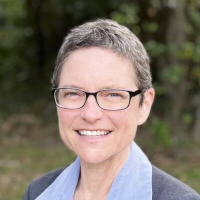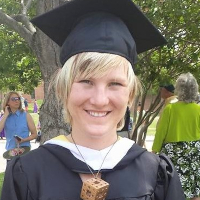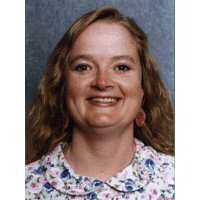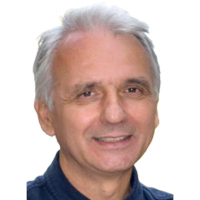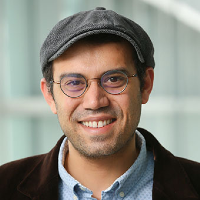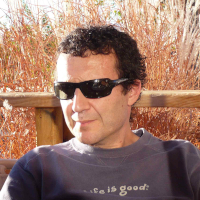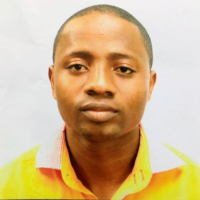
Youngmin Park (UF Mathematics)
423 Little HallHigh-Order Accuracy Computation of Coupling Functions for Strongly Coupled Oscillators We develop a general framework for identifying phase reduced equations for finite populations of coupled oscillators that is valid far …

